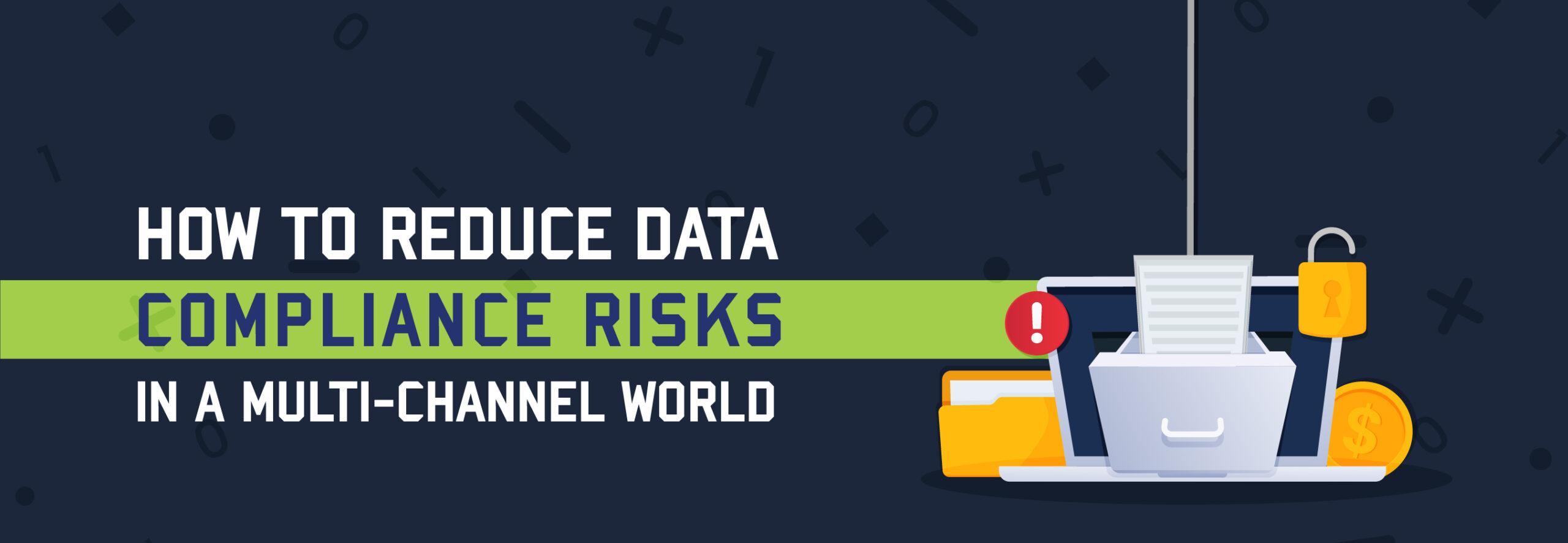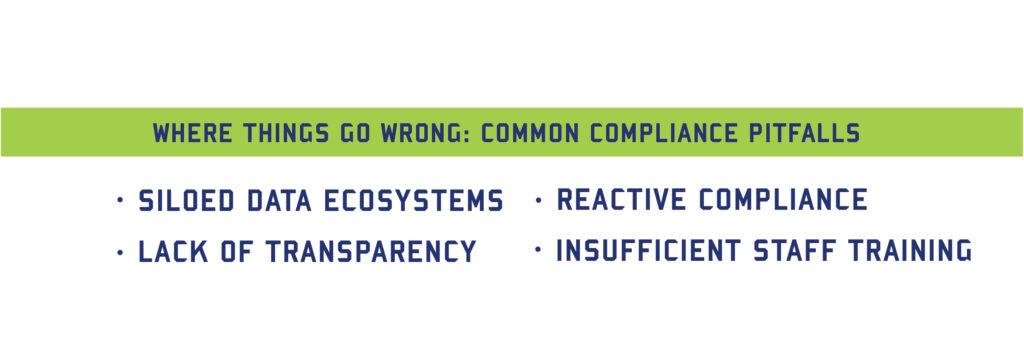
How to Reduce Data Compliance Risks in a Multi-Channel World
Today’s data flows seamlessly across emails, cloud platforms, social media, and IoT devices. But with that fluidity comes growing exposure to compliance risks. In fact, nearly 60% of organizations lose visibility over their data once it leaves internal systems—leaving them vulnerable to security breaches and regulatory penalties.
So how can businesses stay compliant across every touchpoint? Below, we unpack common compliance pitfalls and outline proven, tech-driven strategies to safeguard your data.
Understanding the Data Compliance Challenge
With regulations like GDPR (Europe), CCPA (California), and a rapidly expanding web of global privacy laws, businesses today must navigate a complex and high-stakes compliance landscape. These frameworks demand strict controls on how personal data is collected, stored, and shared—making airtight compliance strategies essential at every stage of the customer journey.
Where Things Go Wrong: Common Compliance Pitfalls

Even with the best intentions, businesses often fall into avoidable traps that put them at risk. Here are some of the most common pitfalls:
- Siloed Data Ecosystems: Disconnected systems make it difficult to enforce uniform compliance policies, leading to inconsistencies and security gaps.
- Lack of Transparency: Without clear data usage disclosures, consumer trust erodes—and regulatory scrutiny intensifies.
- Reactive Compliance: Waiting for an issue to arise before taking action often results in higher penalties and reputational damage.
- Insufficient Staff Training: Employees unaware of privacy laws can inadvertently put organizations at risk, highlighting the need for continuous education.
Recognizing these issues is the first step. The next is building a proactive, technology-enabled compliance framework that secures your data and reduces exposure.
The High Cost of Non-Compliance
Non-compliance isn’t just a legal risk—it’s a business risk. The financial penalties and reputational fallout can be severe:
- Amazon (2021): Fined €746 million ($888M) for GDPR violations tied to consent management.
- British Airways (2019): Fined $230 million after a breach exposed sensitive customer data.
- Facebook/Meta (2019): Hit with a record $5 billion FTC fine for mishandling user data.
These cases underscore why robust data governance isn’t just recommended—it’s required.
Building a Tech-Enabled Compliance Framework
Effective compliance starts with structured governance, smart policies, and the right technology. Here’s how to build a modern compliance program that scales:
1. Define Clear Data Collection & Usage Policies
Document what data is collected, its purpose, and how it’s used. Provide clear opt-in/opt-out mechanisms and make consumer data rights visible and accessible.
2. Implement Smart Retention & Disposal Practices
Set defined retention timelines and automate secure disposal processes. Regular audits help eliminate unnecessary data and minimize risk exposure.
3. Establish a Strong Incident Response Plan
Be prepared to detect, report, and respond to data breaches. Build a clear escalation path, conduct drills, and establish communication protocols to notify stakeholders and regulators quickly.
4. Automate Compliance Workflows
AI-powered tools can classify content, detect anomalies, and identify risks proactively. Platforms like XpConnect® help automate compliance across content lifecycles—bridging gaps between platforms and reducing manual overhead.
5. Strengthen Cloud Security & Encryption
Adopt a Zero Trust Architecture, enable multi-factor authentication, and encrypt data at rest, in transit, and in use. Choose cloud providers with built-in compliance tools and advanced threat detection.
Future-Proofing Compliance with Automation
As regulations evolve and customer expectations rise, manual compliance processes simply won’t scale. By embracing automation, AI, and modular content strategies, businesses can transform compliance from a liability into a competitive advantage.
Want to simplify compliance without adding complexity?
Discover how XpConnect® can help you automate your content ecosystem and reduce regulatory risks at scale.




